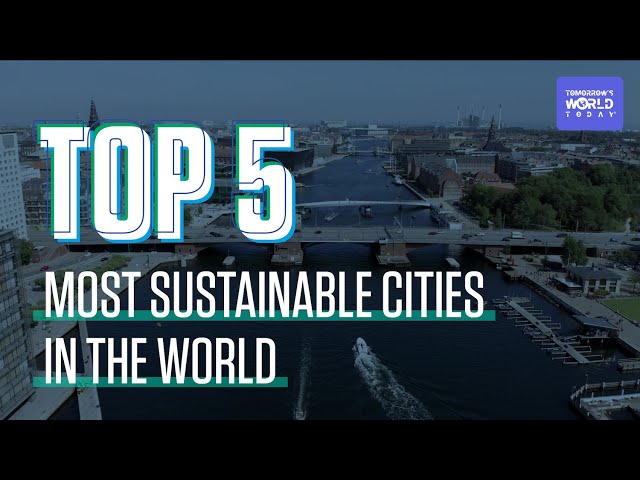Carbon sinks play a crucial role in mitigating climate change by absorbing and storing large amounts of carbon dioxide from the atmosphere. This helps to reduce the amount of greenhouse gases in the atmosphere. Let’s dive into what carbon sinks are, why they are important, and give some examples of natural and technological carbon sinks.
What are Carbon Sinks?
Carbon sinks are systems that remove carbon dioxide from the atmosphere and store it for a long period of time, preventing it from contributing to climate change. Carbon dioxide can be removed through natural processes such as photosynthesis, or through technological methods such as carbon capture and storage.
Why are Carbon Sinks Important?
Carbon sinks are important because they help to mitigate the effects of climate change. Carbon dioxide is a greenhouse gas that traps heat in the atmosphere, leading to global warming and climate instability. By removing carbon dioxide from the atmosphere, carbon sinks help to slow down the rate of climate change, protecting ecosystems and human societies.
Examples of Natural Carbon Sinks
Forests are one of the most important natural carbon sinks on the planet. Forests around the world absorb 2.6 billion tonnes of carbon dioxide every year. Trees absorb carbon dioxide through photosynthesis and store it in their leaves, branches, and roots. Forests also store carbon in the soil, which is important for long-term carbon sequestration. Deforestation and forest degradation have significantly reduced the ability of forests to act as carbon sinks. Restoring degraded forests and planting new trees can help increase carbon sequestration and provide additional benefits such as biodiversity conservation and watershed protection.
Healthy soil contains organic matter, which stores carbon and contributes to soil fertility. However, intensive farming practices and soil erosion can deplete soil organic matter and reduce its carbon storage capacity. Around 25% of human emissions are absorbed by the Earth's soil annually, with a significant proportion stored in permafrost or peatland. Implementing regenerative agricultural practices, such as cover cropping and reduced tillage, can help improve soil health and increase carbon sequestration.
Oceans are another significant carbon sink, absorbing about 25% of the carbon dioxide emitted by human activities each year. However, ocean acidification occurs as a result of carbon dioxide absorption. Ocean acidification can affect phytoplankton and algae by decreasing their ability to build and maintain their shells, reducing their growth rates and productivity, and altering their composition and distribution. This harms whales and other marine life. Protecting and restoring marine ecosystems, such as coral reefs and seagrass meadows, can help enhance their ability to absorb carbon dioxide and provide other benefits such as coastal protection and habitat for marine life.
Coastal wetlands, also known as blue carbon ecosystems, play an essential role in mitigating climate change and improving human well-being. Mangrove forests, seagrass beds, and salt marshes are all examples of coastal wetlands that can absorb and store carbon dioxide through photosynthesis, a concept known as "blue carbon." These ecosystems can store more carbon per acre than a tropical rainforest, making them crucial in mitigating global warming. Plus, they provide vital benefits such as coastal protection and habitat for marine life.
Among these ecosystems, mangroves stand out as particularly effective carbon sinks, with the ability to absorb up to four times more carbon per hectare than tropical forests. Restoring degraded wetlands and preventing further destruction can help maintain their ability to absorb carbon and provide important ecosystem services such as flood protection and habitat for fish and wildlife.
Examples of Technological Carbon Sinks
Carbon Capture and Storage (CCS) involves capturing carbon dioxide emissions from industrial processes and storing them underground, where they cannot contribute to climate change. While still in the early stages of development, CCS has the potential to be an important tool in mitigating climate change.
Direct Air Capture (DAC) involves capturing carbon dioxide directly from the air and storing it. While still expensive and energy-intensive, DAC has the potential to become an important carbon sink in the future.
Carbon sinks are a crucial tool in mitigating climate change, both through natural and technological solutions. Forests, oceans, coastal wetlands and healthy soil are important natural carbon sinks, while carbon capture and storage and direct air capture offer technological solutions. By continuing to develop and utilize carbon sinks, we can work towards a more sustainable future.


















